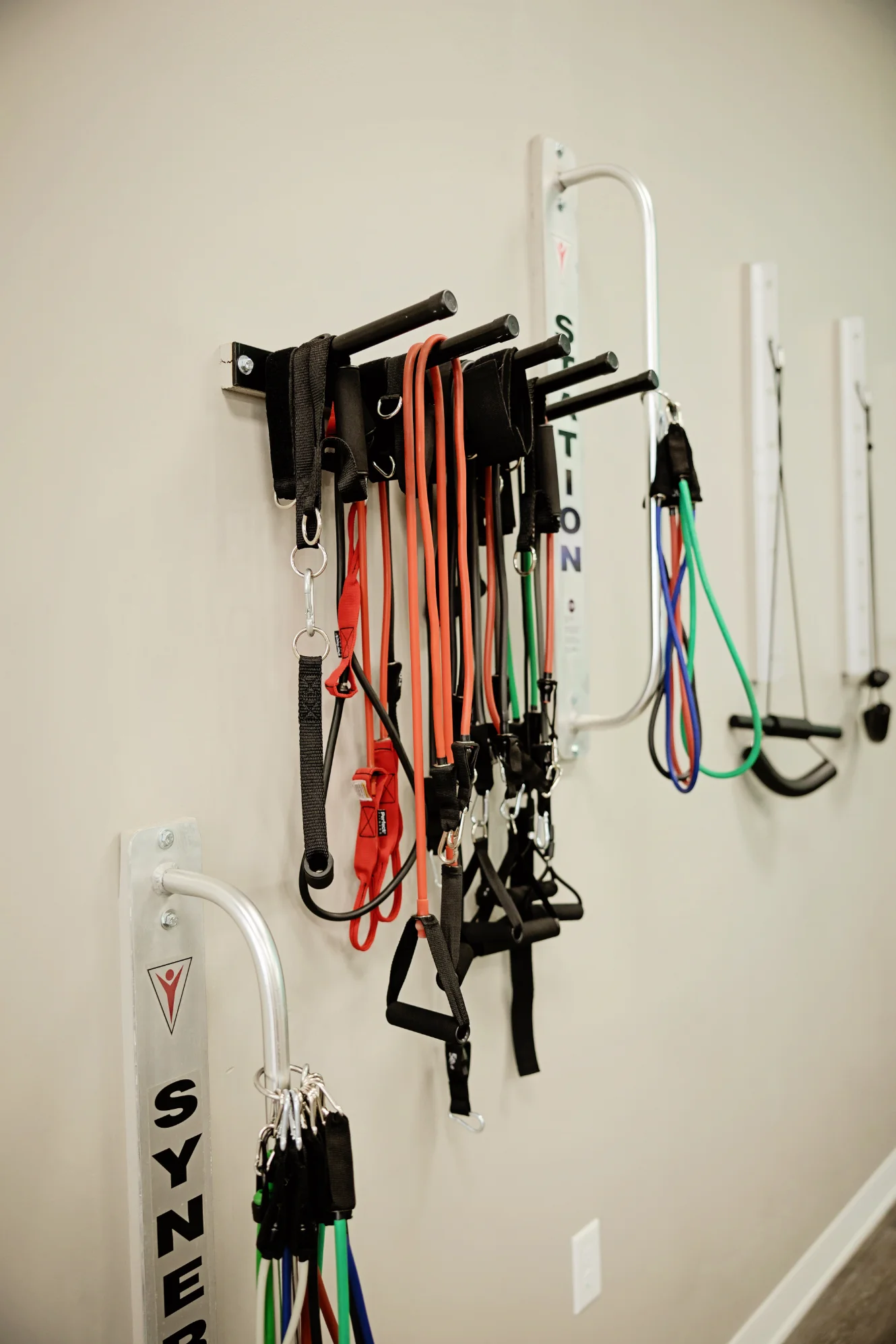It depends on your needs and how quickly you recover. Most patients start out by coming to rehab two to three times each week for at least a month. As you continue to gain strength and mobility, you can gradually cut back to one to two times per week. You continue to decrease your therapy sessions as you improve. But you should expect to go to rehabilitation appointments from two to three months or longer, in some cases.


